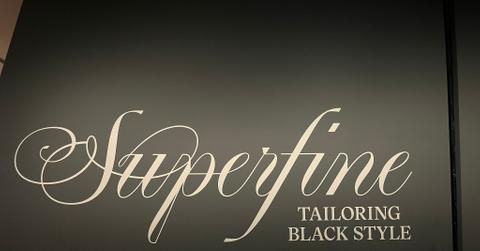
Superfine: Tailoring Black Style
On May 10, the Met opened Superfine: Tailoring Black Style. Five days prior, the Met Gala showcased their 2025 spring exhibition, Tailored for You, centered on dandyism and the history of Black style. The Met presents a unique perspective of how fashion has evolved into what we know today.
By Lily NewmanAug. 20 2025, Published 1:51 p.m. ET

Exhibition Layout
Upon entering gallery 999, visitors walk down a hall featuring the exhibition’s title printed in large, elegant lettering at eye level. The gallery is organized thematically and chronologically, taking the viewer through a collection that tells a captivating story about self-expression and the role fashion has played in society for hundreds of years.
“One’s self-presentation is a mode of distinction and resistance—within a society impacted by race, gender, class, and sexuality.” -Metmuseum.org
The exhibit utilizes the gallery’s high ceilings to display costumes above the crowd, and visitors are engaged in exploring every corner of the room. Each section, wall, and display reveals a new piece to observe and a new angle to consider the historical significance of black fashion in America. Every mannequin and surface in the room is a dark matte gray, highlighting the outfits as they stand out under spotlights. Many of the ensembles are placed in the center of walking paths, displayed so that all sides of the pieces can be appreciated. I walked through the entire exhibit twice, starting in the 18th century and ending in the present day, then turning to walk back through time with a new perspective.
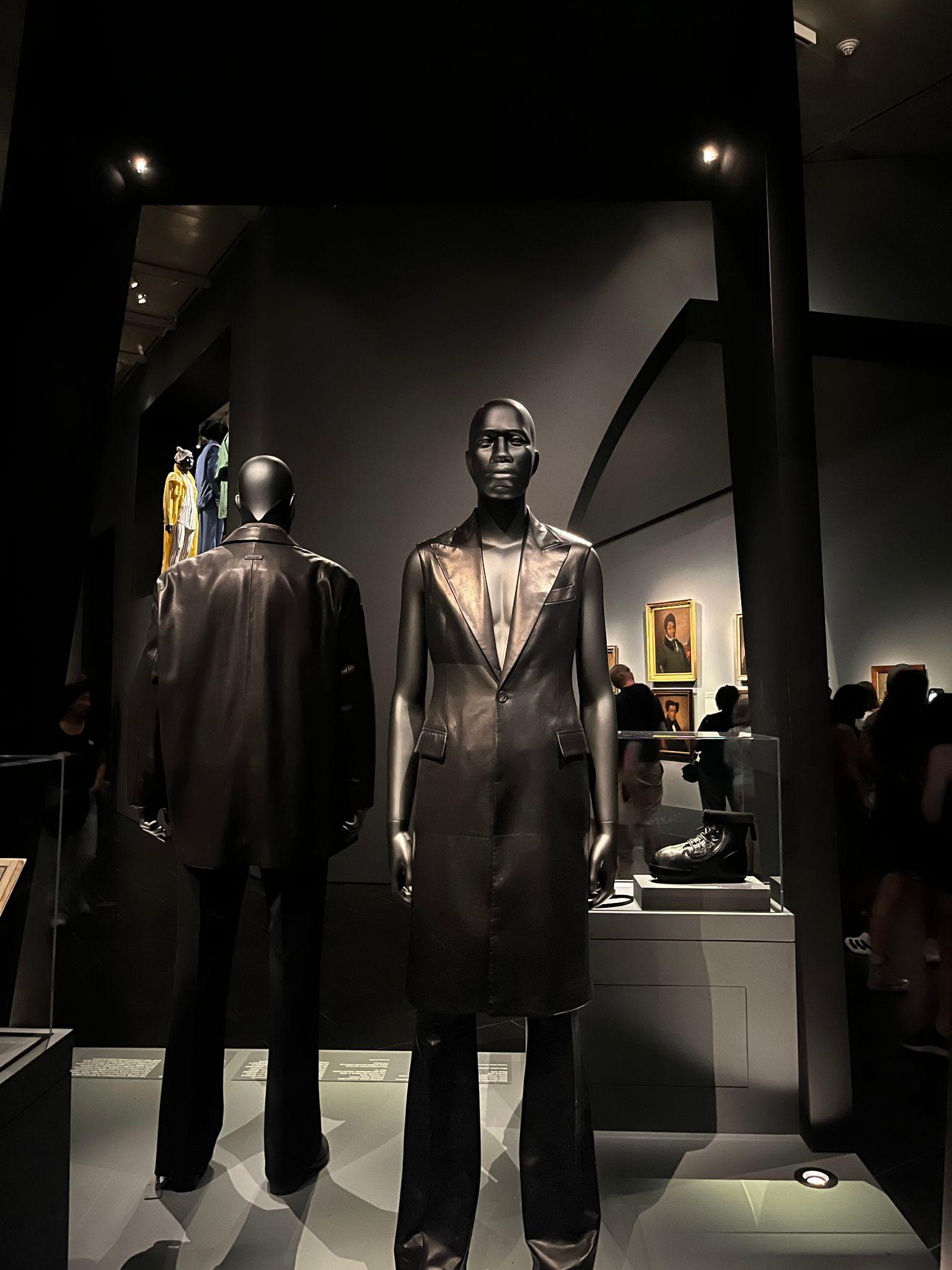
A History of Dandyism
Dandyism is a way to style oneself that originated from a combination of African and European styles of dress; it showed the importance of presentation in a society that judged based on appearance. Dandyism “... reflects the ways in which Black people have used clothing and fashion to transform their identities, proposing new ways of embodying political and social possibilities.”
(Superfine: Tailoring Black Style)
Superfine is divided into 12 groups: Ownership, Presence, Distinction, Disguise, Freedom, Champion, Respectability, Jook, Heritage, Beauty, Cool, and Cosmopolitanism. These titles highlight a thematic element that joins each group of clothing.
The first pieces that fall under Ownership date back to the eighteenth century, a time of imperialism and colonialism. “Enslaved Africans were sometimes used as ‘luxury’ servants by royalty, the aristocracy, and upstart merchants. As such, they were dandified, dressed in ornate garments that emphasized their objectification.” (metmuseum.org) As time passed, the term “dandy” became a way to elevate oneself and one's presence. Presence is bold, dressing in a way that demands attention. The first look into the gallery is captivating; sparkling ornate suits are shown along with accessories like canes and hats.
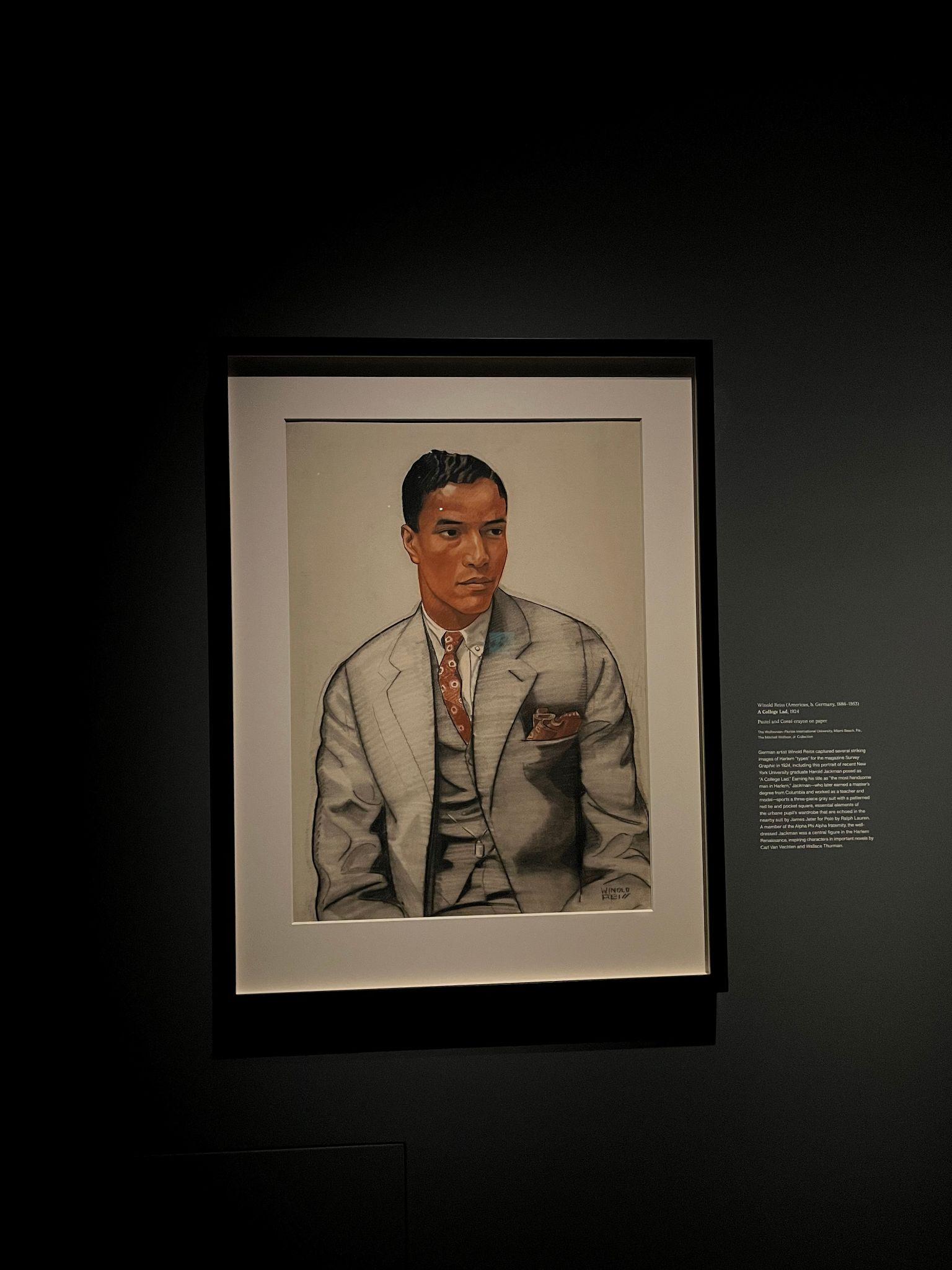
Moving into Distinction, we see military-style uniforms and portraits of Toussaint L’Ouverture. Military attire evokes a feeling of power and pride, especially these pieces suspended in time, specifically a time of revolution. Uniforms also served as a Disguise for those who were escaping enslavement. A suit that suggests the person wearing it is wealthy or a higher class aids in their journey to Freedom.
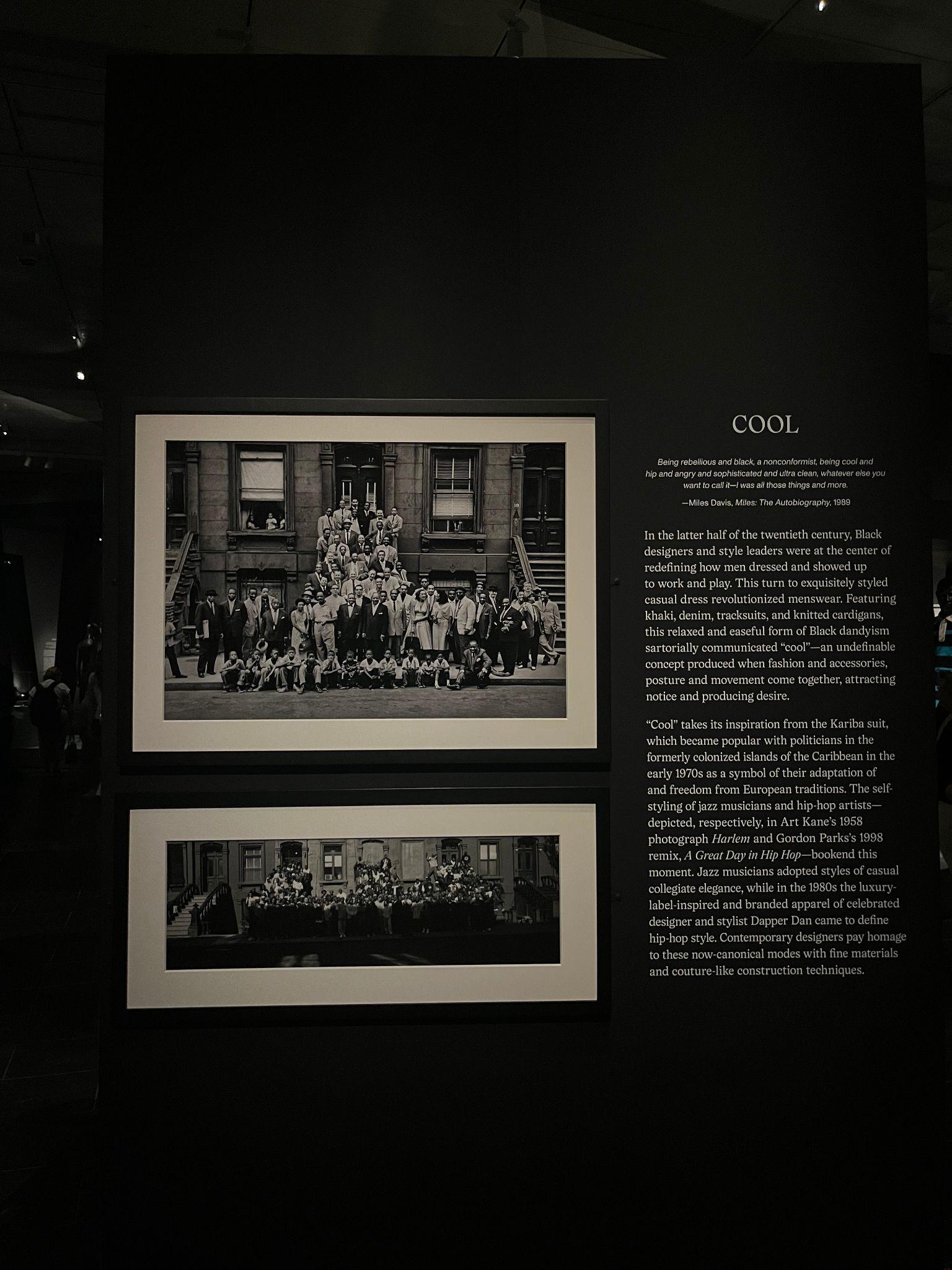
On a wall titled Beauty, there is a set of three mannequins in all white formal attire adorned in frills and lace, and to the right, there are four more in bold monochromatic looks. Silky bright red and yellow and sequined pieces in navy blue and green make an eye-catching contrast. All of these are displayed high up on the wall, having the viewer look up in awe at the bold and elegant display.
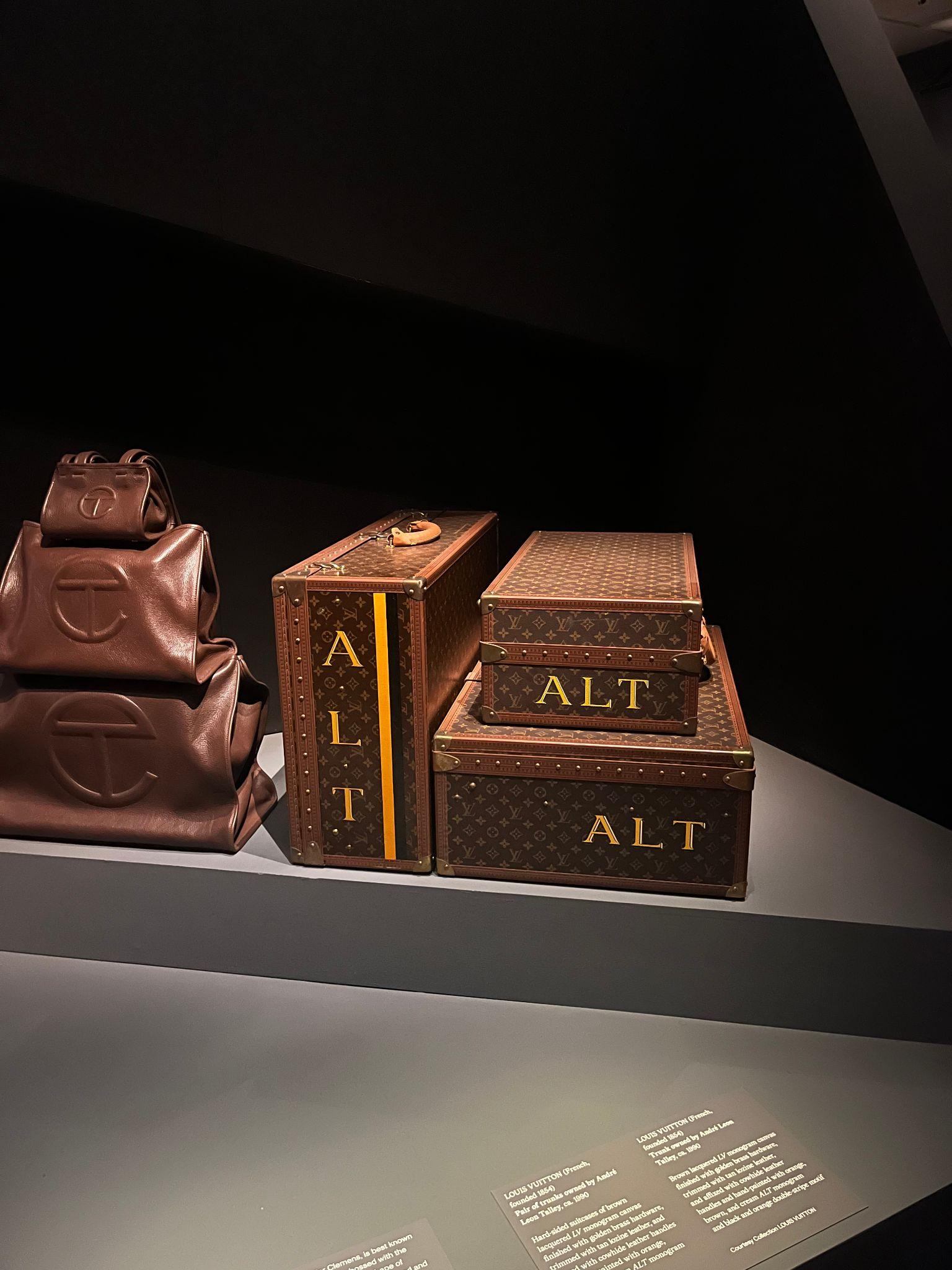
Coming to the end of the exhibit, we see that a lot more modern pieces are displayed. There is a grouping dedicated to the theme of Heritage that caught my eye. These mannequins are dressed in a way that exemplifies how cultures have come together. “Since the 1960s, people in the African diaspora have worn clothing with African motifs and themes as a point of pride and connection.” (metmuseum.org) The utilization of patterns and color to reference culture creates something that feels both familiar and new. I wanted to learn more, to know more of the story that clothes are telling. Documenting my experience in writing and photographs isn’t enough to fully capture the experience of Superfine, so I highly recommend visiting this exhibit before it closes in October.

